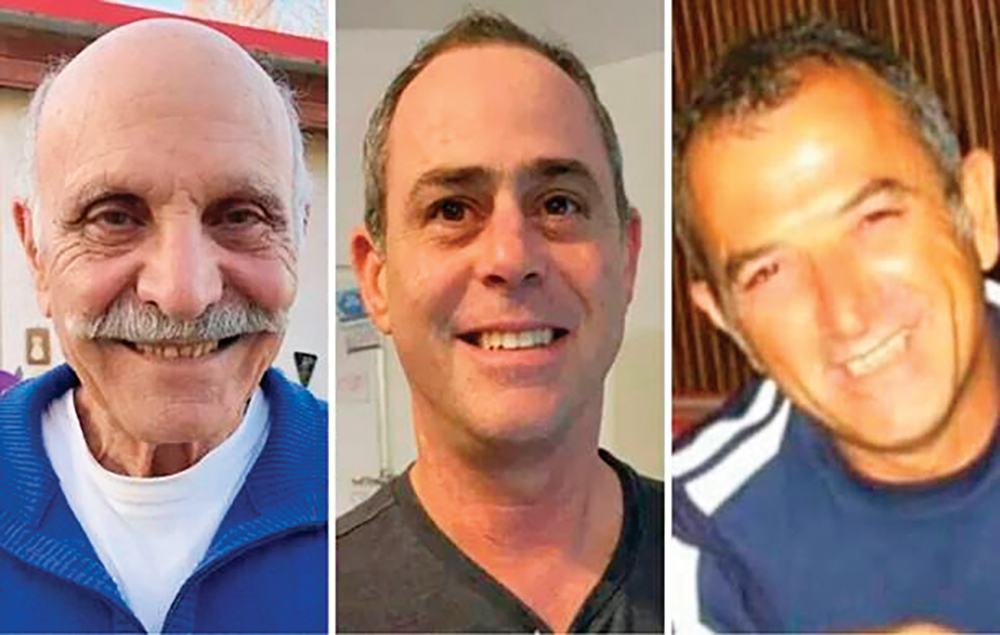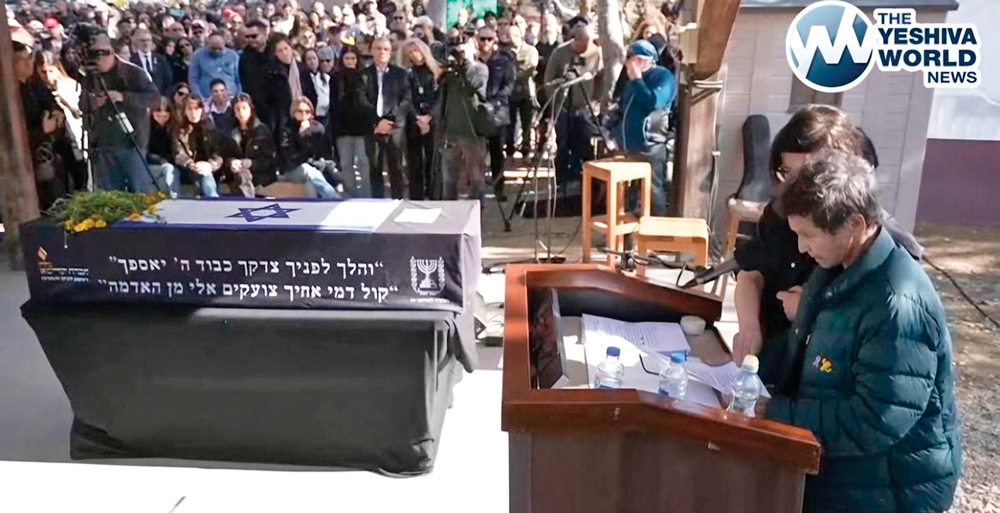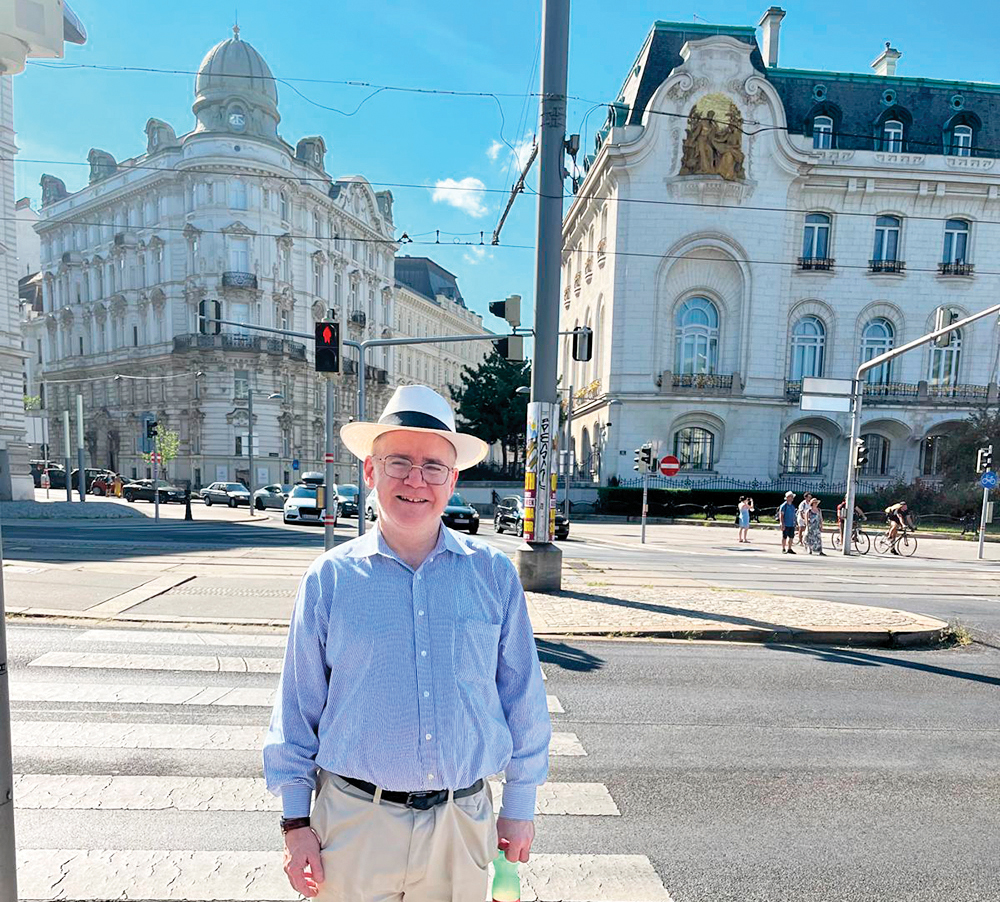In this week’s parsha, Yosef’s brothers are faced with obvious clues that Yosef is Yosef. He knows their birth order, he inquires about their father, he treats Binyamin with extra care, and he chooses Shimon—one of the two most dangerous brothers—to be imprisoned while convincing Yaakov to release Binyamin. They even suggest that Binyamin being framed was a punishment for selling Yosef! How could they have ignored all these clues and not seen what was right in front of them?
The answer actually lies in next week’s parsha, with help from a midrash. When the brothers return to Yaakov and tell him Yosef is alive, we are told Yaakov’s heart became “numb”—he didn’t feel emotion—because he didn’t believe his sons. Then, when he saw the wagons Yosef sent, Yaakov’s spirit came back—he opened his heart up again. According to the midrash, the wagons (“agalot”) reminded Yaakov of Eglah Arufah—the last Torah topic he studied with Yosef.
Eglah Arufah is a ritual to decide the fate of a dead body found in between two towns. If nobody knows the identity of the victim, the leaders of the closest towns get together and measure which town is closest. The leaders of the more distant town say, “Our hands did not spill this blood,” and a ritual takes place involving breaking a cow’s neck. What does this ritual mean, and why would it help Yaakov open up his heart to the risk of being disappointed?
Shoshana Tova was an amazing person with an even more amazing story. She grew up in the circus with acrobat parents, a brother who was a lion-tamer, and a sister who was an accountant (an accountant who could breathe fire, that is). Shoshana, the youngest Tova child, began her career as a clown, but had dreams of being shot out of a canon.
After months and months of training, Shoshana was finally given the opportunity to perform the Human Cannonball act for a live audience. Shoshana, hands trembling, strapped on her helmet, climbed into the cannon, and waited for the countdown. “Five, four, three, two, one…boom!” There went Shoshana, flying across the tent…flying over the safety cushion…and through a Shoshana-shaped hole in the tent wall! Apparently, someone had forgotten to lower the power on the cannon to make up for Shoshana’s smaller frame, sending her on a course toward almost certain doom.
However, Hashem had other plans. The previous Shabbat afternoon, while the youth director at the local shul slept, Hashem gave him the idea to host a Purim carnival at the baseball field down the road from the circus. This carnival included a number of blow-up rides, one of which was placed directly in Shoshana’s path. So instead of crashing to the ground to meet certain tragedy, Shoshana landed softly(ish) on the ride.
Certain that this miracle was a sign from heaven, Shoshana decided to dedicate her life to the religion that saved hers. She left the circus, spent five years in Israel studying Torah, and returned to the United States to start a career as a Jewish educator. She married the son of the rabbi whose carnival saved her life and they built a life together.
A few years down the road, a popular author of Jewish biographies, Chana Kay, decided to write her next book about Shoshana’s amazing life. Shoshana reluctantly agreed, knowing that her story (about which she rarely spoke) might inspire others. So Chana began the process of learning about Shoshana’s life through Shoshana herself and through her family members.
One afternoon, while interviewing Shoshana’s husband, Pesach, Chana found herself the subject of an interesting request. “Listen, I know you are an expert at investigating your subjects,” Pesach began. “Well, my wife has this strange habit—if you can call it that. Every once in a while, out of nowhere, she seems to punish herself. Nothing crazy. Just one night she will sleep without a pillow, another day, she will ask me to keep her phone locked away for 24 hours. Sometimes, she will randomly sit down and write letters to nobody and just toss them in the garbage. I would love to know what this is about, and it will probably add an interesting dimension to your book.” The author was intrigued.
Chana spent the next two months investigating. She spoke to Shoshana’s colleagues and supervisors at school, interviewed past students, and even went undercover as a lunch lady. (She also may or may not have followed Shoshana around for a few days.) After these two months ended, Chana thought she had an answer, but she wasn’t completely sure. She still had one question left for Pesach. During one of Chana’s undercover days, she took a peek into Shoshana’s office and noticed the strangest pesukim posted on the wall. The poster read (in Hebrew): “V’arfu sham et ha’eglah ba’nachal” and beneath it “Yadeinu lo shafchu et ha’dam ha’ezh.” Translated, this means “and they broke the neck of the calf in the valley” and “our hands did not spill this blood.” Chana had no clue why an educator would have pesukim about Eglah Arufah posted on her wall.
So, at her next meeting with Pesach, Chana asked about these pesukim. Pesach smiled at the question as if it were a familiar friend, and he began to explain. “These pesukim are very dear to my wife because of the lesson they teach. Somebody has died; it is a sad moment for everyone. However, the realities of life prevent us from getting involved in every tragedy. Sometimes we have to turn our backs and say, ‘Sorry, this is your tragedy; our hands did not spill this blood.’ Had Hashem not created us this way, we could never carry on. However, this does not mean we should ignore the pain and become numb to it. The breaking of the calf’s neck (or more specifically, back of the neck) represents the sadness we must feel, even though we have to use our necks to look away from the tragedy. Yes, life requires that pain exists, but this should not make us less sensitive.”
Upon hearing this, Chana knew her theory was correct. She explained to Pesach that each instance of Shoshana punishing herself lined up with a consequence she had to give a student at school. If she took a phone away for 24 hours, she had hers locked up. If she thought a student wasn’t going to sleep well because of nerves before a test or a meeting with parents, she made her sleep less comfortable. The same went for apology letters—Shoshana’s letters to nobody, and to taking away a student’s privilege—for which Shoshana passed on something enjoyable in her own life. Shoshana understood that pain, sadness and discomfort are necessary parts of life, but that never removed her responsibility to empathize.
Yosef’s brothers, like their father, felt the need to “turn off” their hearts from Yosef. They couldn’t bear to feel the guilt and pain of what they did; it would prevent them from carrying on with life. Yaakov couldn’t imagine getting his hopes up just to be disappointed. However, the brothers buried their feelings so deep that they couldn’t even consider Yosef while he was right in front of them. This was a mistake. Instead of burying their guilt, they should have experienced it in a healthy way. This is the lesson of Eglah Arufah: Sadness is a part of life that should be experienced in a healthy way. Embrace your feelings; they are what make us human.
By Yair Daar












